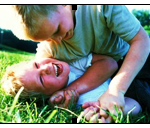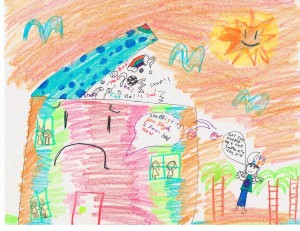 Last week at an early childhood development conference in Squamish, B.C., I had the pleasure of listening to a deeply thoughtful and engaging keynote address given by Barry Macdonald. An experienced educator, school counsellor and clinical counsellor, Barry champions the proper understanding of boys, and challenges the ways schools interpret and deal with their behaviours. His thoughts made me reflect on my own observations with what works and does not work for boys in the classroom and in schools in general.
Last week at an early childhood development conference in Squamish, B.C., I had the pleasure of listening to a deeply thoughtful and engaging keynote address given by Barry Macdonald. An experienced educator, school counsellor and clinical counsellor, Barry champions the proper understanding of boys, and challenges the ways schools interpret and deal with their behaviours. His thoughts made me reflect on my own observations with what works and does not work for boys in the classroom and in schools in general.
The Boy Code – Research shows that boys are socialized to adhere to a strict ‘boy code’ beginning as early as infancy.[1][2] This code celebrates toughness and bravery, and scorns displays of emotional vulnerability. Anger is one of the few emotions many boys feel safe showing. Female teachers in particular are prone to misreading this anger. Unfamiliar with the harsh reality of the boy code, they often take an outburst of anger at face value, interpreting it as a challenge to their authority, and failing to see the hurt and sadness that lies beneath. Once made aware of this, teachers often begin to understand their boys’ ‘misbehaviours’ in a much more tolerant, compassionate light.
*The views expressed by our authors are personal opinions and do not necessarily reflect the views of the CCPA



